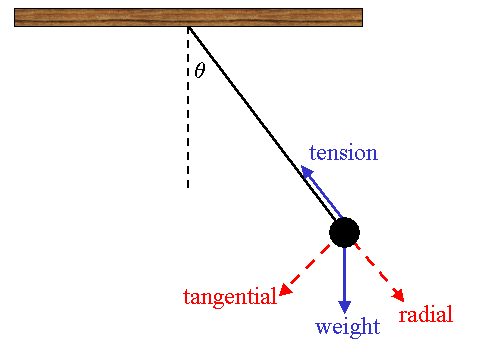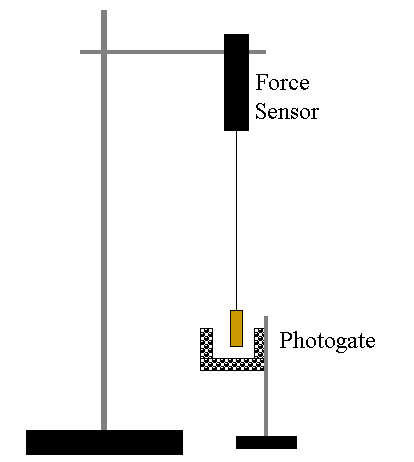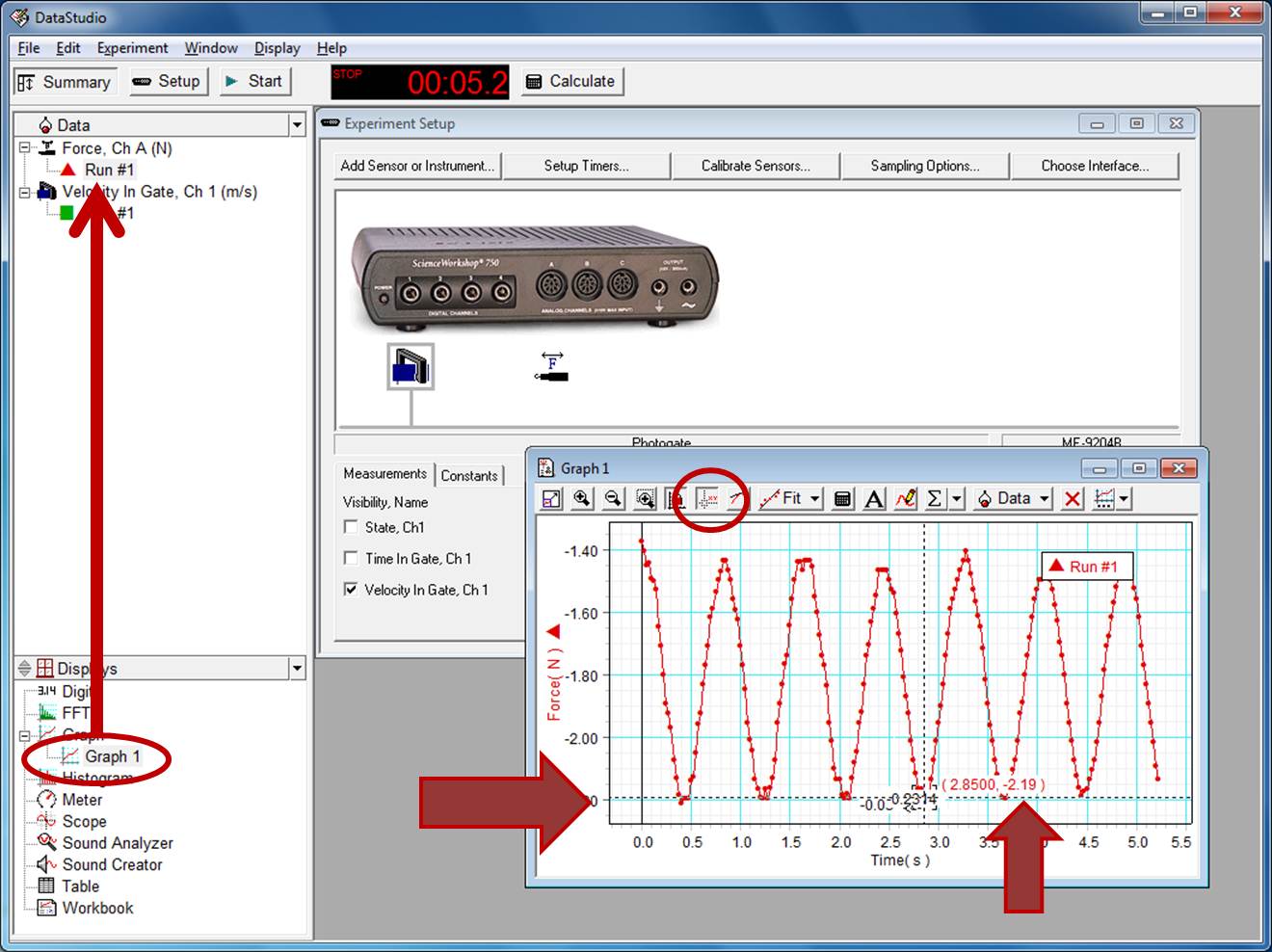

 PYL 105:
Centripetal Acceleration
PYL 105:
Centripetal Acceleration 




 PYL 105:
Centripetal Acceleration
PYL 105:
Centripetal Acceleration 



A pendulum consists of a weight (known in this context as a bob) on the end of a string (or rigid rod). The mass experiences two forces: the weight of the bob (directed vertically downward) and the tension (which acts along the string).

If two forces are not collinear, they cannot possibly cancel out. For a swinging pendulum there is a net force and hence the pendulum bob accelerates. Typically one uses a radial-tangential coordinate system (shown in the figure above). At an arbitrary point in the bob's swing, the net force has both radial and tangential components. As a result there are two types of acceleration: centripetal acceleration (which is directed radially) and angular acceleration (which is directed tangentially).
When the pendulum bob is at the lowest point in its swing (when the radial and vertical directions coincide), the forces are collinear, however, the forces have different magnitudes. Which is bigger? The net force is purely radial and hence the acceleration purely centripetal. The magnitude of centripetal acceleration is given by
acentripetal = v2/r
Thus at the bottom of the swing, the net force (Tension - Weight) is responsible for the centripetal acceleration.
Tension - Weight = m acentripetal
A swinging pendulum is never in equilibrium (i.e. there is always a net force).
In this lab we will use two measuring devices simultaneously: a Force Sensor to measure the tension and a photogate to measure the speed. The quantities measured in this lab are somewhat sensitive and require you to take care in making measurements. If your error (disagreement with theory) is greater than 15%, redo the measurement(s).
| Diameter ( ) | Height ( ) | Mass ( ) |



|
Weight ( ) |
Tension at swing
|
Net force at swing
|
Velocity ( ) |
|
Fit Power |
Theory Power |
Percent Difference |
Fit Coefficient ( ) |
Theory Coefficient ( ) |
Percent Difference |
|
Weight ( ) |
Tension at swing
|
Net force at swing
|
Velocity ( ) |
|
Fit Power |
Theory Power |
Percent Difference |
Fit Coefficient ( ) |
Theory Coefficient ( ) |
Percent Difference |
|
Weight ( ) |
Tension at swing
|
Net force at swing
|
Velocity ( ) |
|
Fit Power |
Theory Power |
Percent Difference |
Fit Coefficient ( ) |
Theory Coefficient ( ) |
Percent Difference |
| Pendulum length ( ) | Interpolated net force
for v = 1 m/s ( ) |
|
Fit Power |
Theory Power |
Percent Difference |
Fit Coefficient ( ) |
Theory Coefficient ( ) |
Percent Difference |
Please re-assemble the Smart Pulley.
Determine the Tension in a 40cm long pendulum when a bob of
mass 200g moving at 0.7m/s is 15 degrees from the vertical.
(Hint: determine the radial components of the forces acting on the bob and
apply the equation above.)
